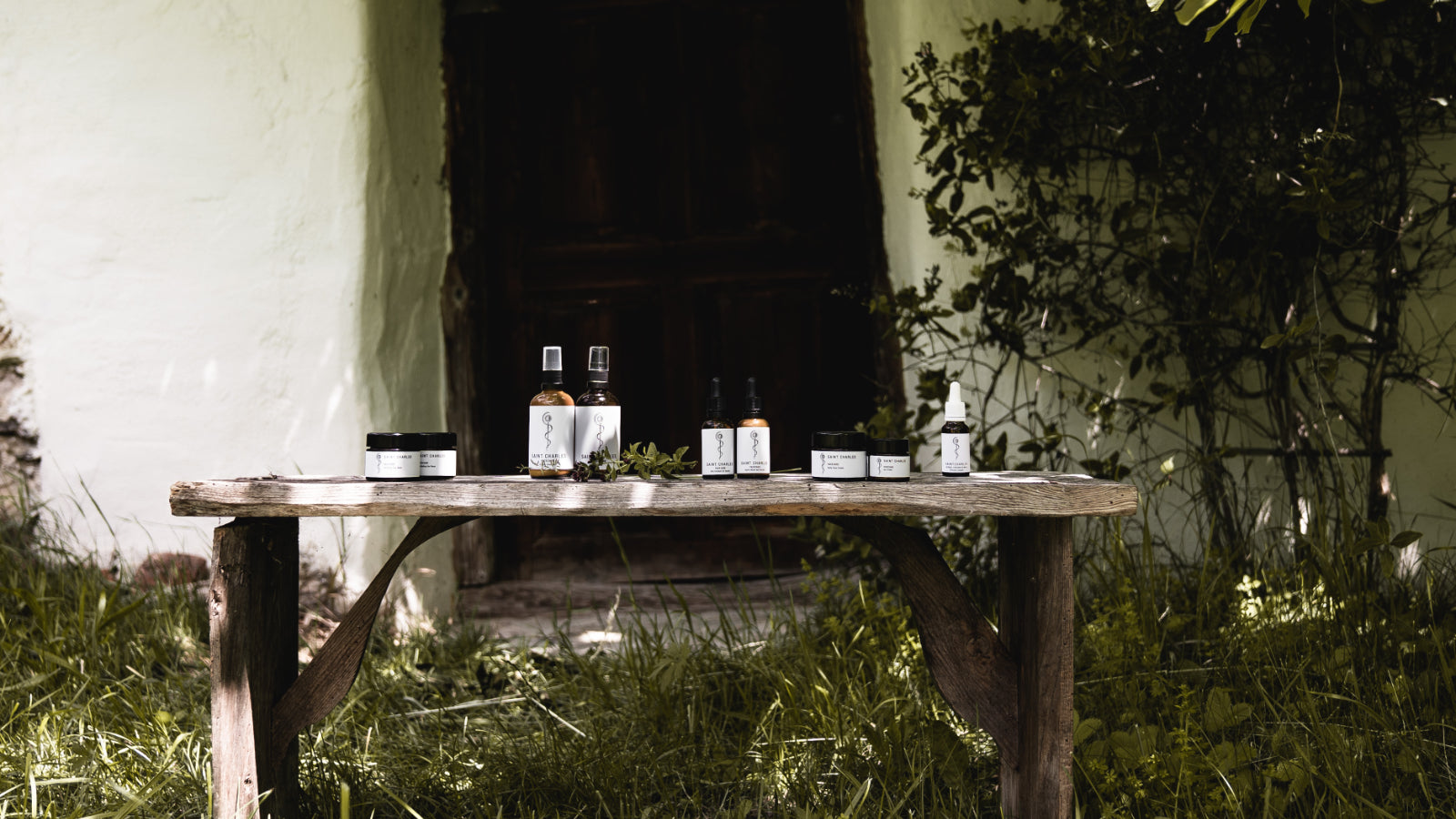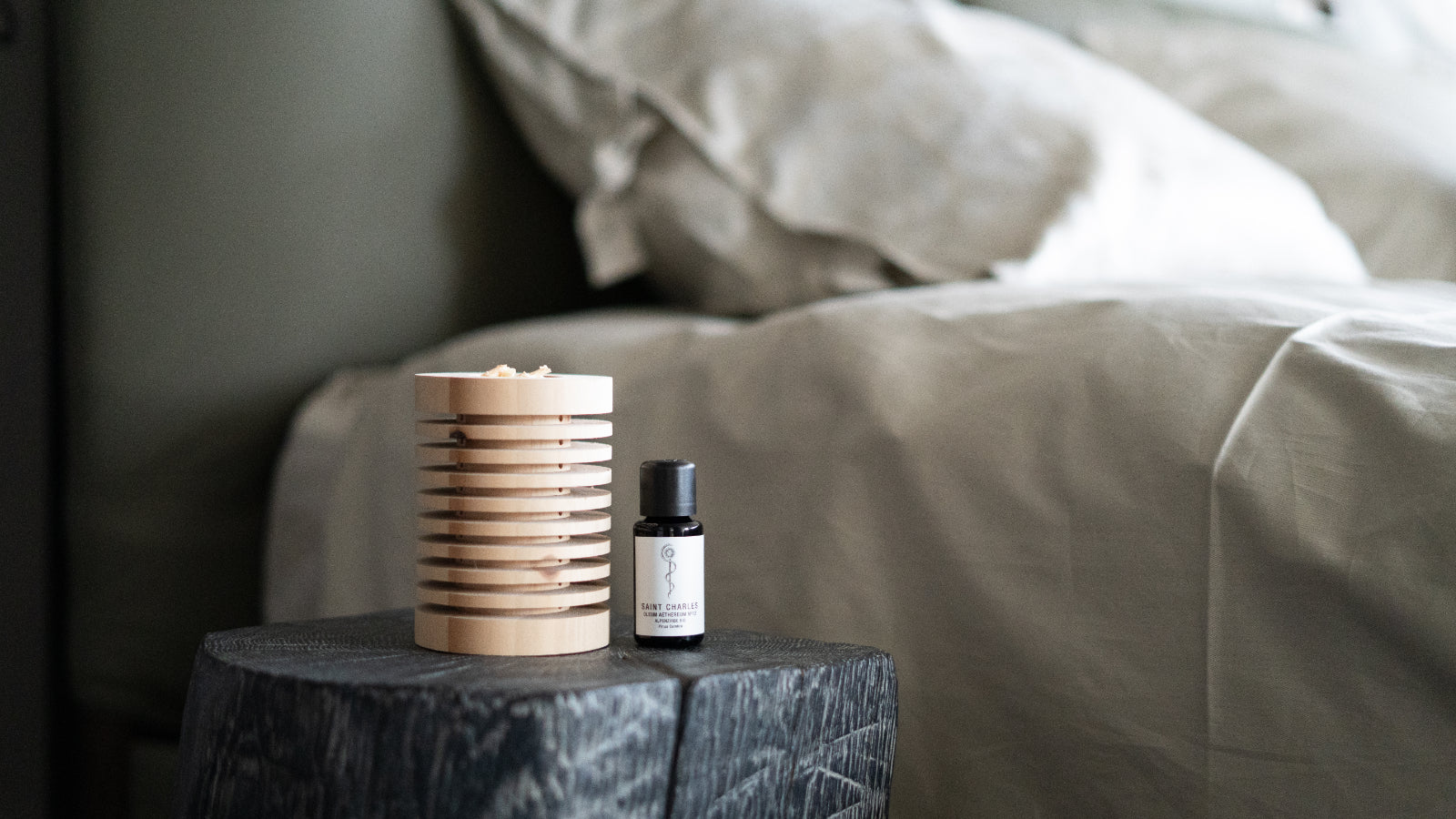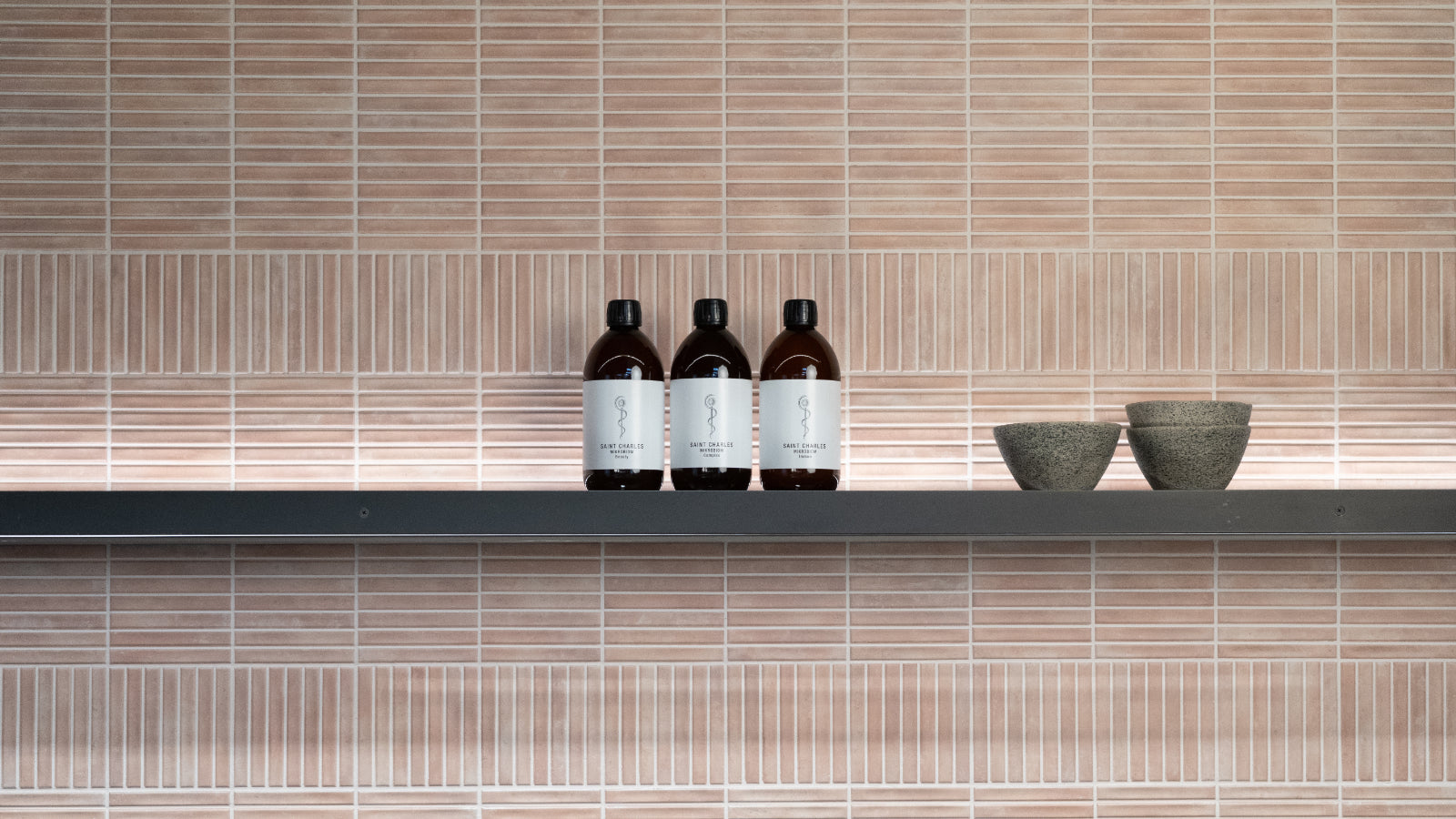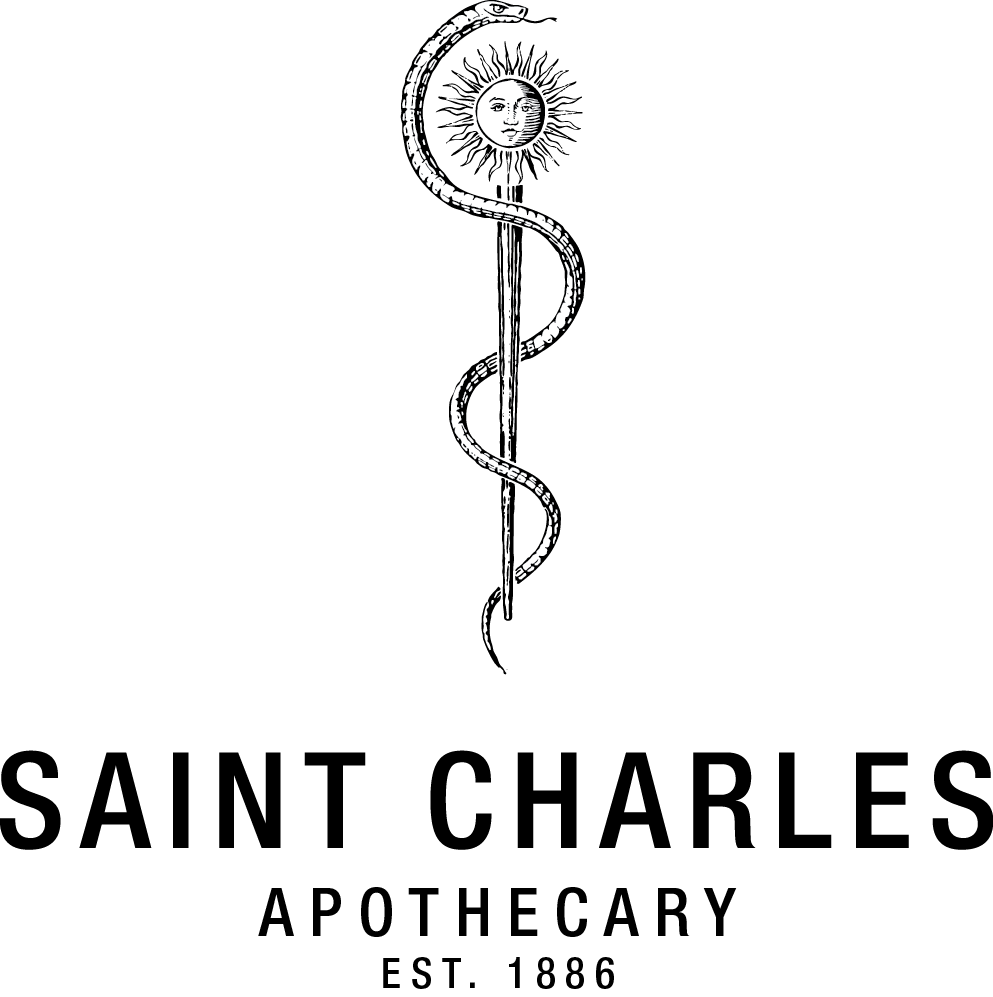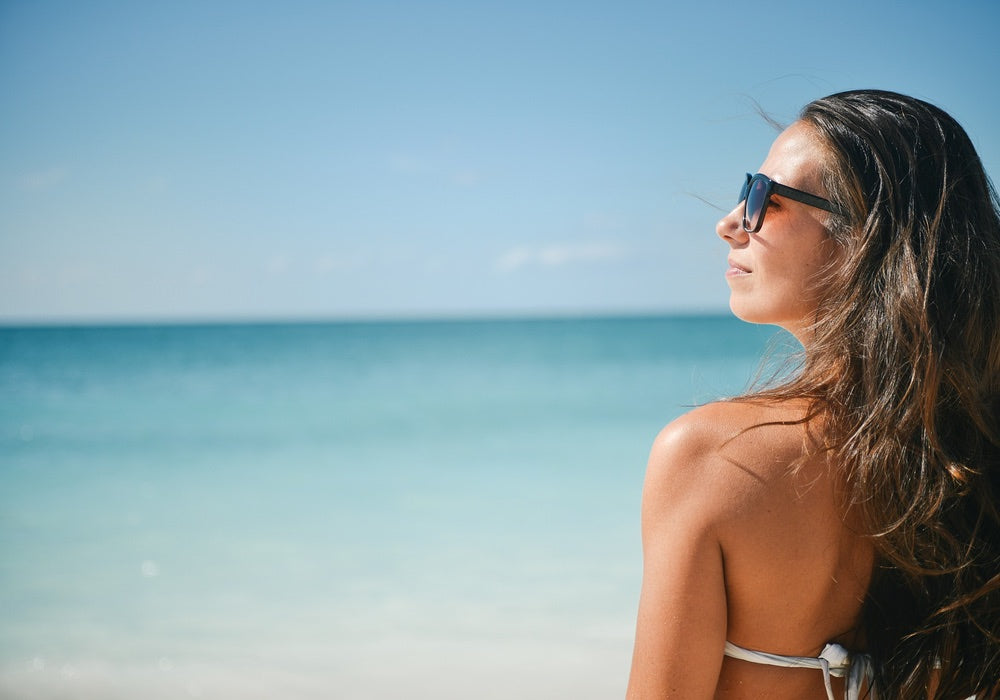Sunburn is a visible inflammatory reaction of the skin that is triggered after exposure to sunlight, by short-wave UVB rays. It occurs when the skin is exposed to sunlight that is too intense for it. Good sun protection is especially important in the mountains, in water, sand or snow and becomes more important the closer you get to the equator. Every second person in Austria gets sunburned at least once a year. The probability of developing melanoma, the "black skin cancer", increases with each sunburn, especially if it occurs in childhood and adolescence.
Both external (intensity of sun exposure) and individual factors (skin type) are decisive for the development of a sunburn. If the skin is exposed to an irradiation dose of UVB light that is too high for its pigmentation type, an inflammatory reaction occurs that is similar to a burn. More messenger substances are released, which trigger reddening and swelling of the skin as well as itching and burning by dilating the blood vessels.
Tanning as a protective reaction of the skin
The skin's normal reaction to sun is tanning, which is a protective reaction of the skin. Tanning occurs because UV rays stimulate the skin's pigment cells to produce a brown pigment called melanin, which is distributed in the top layers of the skin and acts as a natural sunscreen. If there is not enough sun protection - the UV rays can cause damage to the skin.
The burning of the skin by the sun can in most cases only be seen and felt up to 6 hours after too long a sunbath. As soon as the first signs of sunburn are noticed, you should get out of the sun immediately and stay in the shade. Unlike a burn, where the pain receptors are activated immediately by the heat exposure, this delayed reaction is because an inflammatory reaction must first develop after too much UV exposure before the damage can be felt and seen. The inflammation causes the superficial blood vessels in the skin to dilate, blood flow increases and the skin appears red and warm.
The severity of sunburn is divided into three degrees:
- Grade 1: Redness, burning and itching
- Grade 2: additional blistering
- Grade 3: extensive destruction of the epidermis, detachment of the skin
How to treat a sunburn?
The treatment of a 1st degree sunburn focuses on two aspects: on the one hand, cooling of the affected skin area, and on the other hand, providing sufficient fluids. On the skin, this is done with the help of (water-containing) creams and lotions. It is also important to drink plenty of water. If the skin starts to flake and peel after sunburn, this signals the skin's natural healing process. When caring for these areas of the skin, avoid applying greasy ointments and rather use cooling, moisturising lotions.
In the first step, the affected areas should be cooled with moist towels. The next step is to use creams and lotions to moisturise the skin. Please only use products that contain few to no perfumes - this helps to avoid skin irritations.
In case of 2nd and 3rd degree sunburn a doctor (general practitioner or dermatologist) should be consulted. In the second part of our series, we give concrete tips on how with natural home remedies sunburn can be remedied.
